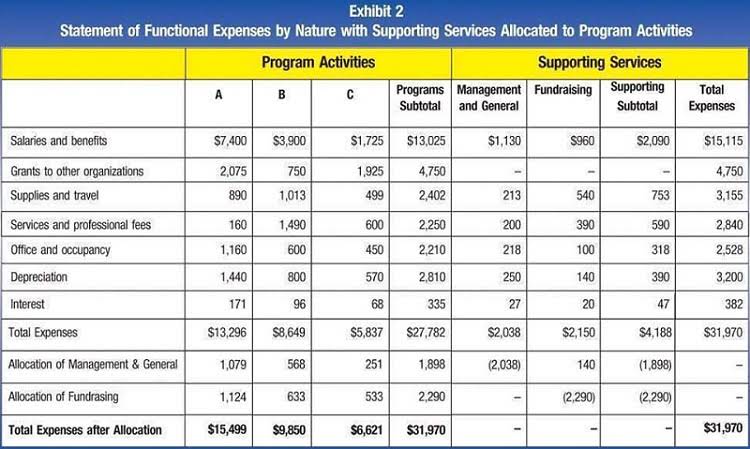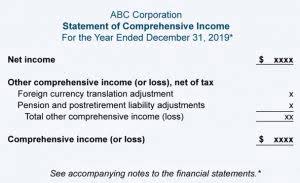
Collectability is a business’ assurance that a client will pay for goods or services. They need to ensure that any recognized revenue is from a client that has a history of timely payments. Due to vendor delays, the subscription isn’t deployed and activated until April.
What is Realization Concept?
HighRadius Autonomous Accounting Application consists of End-to-end Financial Close Automation, AI-powered Anomaly Detection and Account Reconciliation, and Connected Workspaces. Delivered as SaaS, our solutions seamlessly integrate bi-directionally with multiple systems including ERPs, HR, CRM, Payroll, and banks. Get granular visibility into your accounting process to take full control all the way from transaction recording to financial reporting. To adhere to the IFRS revenue recognition principle, there are a set of five conditions that must be met. One problem with this assumption is that the monetary unit is presumed to be stable over time. That is, the value of the dollar, in terms of its ability to purchase certain goods and services, is constant over time.

Advance Payment for Services
- The most common examples of deferred revenue are gift cards, service agreements, or rights to future software upgrades from a product sale.
- The periodicity assumptionallows the life of a company to be divided into artificial time periods to provide timely information.
- However, in 2014, FASB issued ASC 606, a standardized five-step framework, for revenue recognition under GAAP which ensured consistency in how organizations recognized revenue.
- Hence, the income statement must be supplemented by the cash flow statement (CFS) and balance sheet in order to understand what is actually occurring to a company’s cash balance.
- Additionally, companies should assess the impact of the chosen method on financial statements and key performance indicators to ensure it accurately reflects the company’s financial position and performance.
- Revenue recognition is the process of recognizing revenue in financial statements when a sale is made, even if the customer has not yet paid.
- However, other companies have chosen a fiscal yearthe annual time period used to report to external users.
From the following transactions, prepare journal entries for Jamal’s Music Supply. For example, if a customer orders a custom-designed piece of furniture, the company may have several distinct performance revenue realization principle obligations, including the design, the manufacturing, and the delivery of the furniture. Each of these obligations must be identified, and revenue should be recognized when each obligation is completed.
Performance obligations (when control transfers to the customer)
Revenues are realized or realizable when a company exchanges goods or services for cash or other assets. So if a company enters into a transaction to sell inventory to a customer, the revenue is realizable. In this case, the retailer would not earn the revenue until it transfers the ownership of the inventory to the customer.
Ability to estimate collectability of receivables

This method aligns with the realization principle, as revenue is recognized when it is earned and realizable. One of the core principles of revenue recognition is the matching principle, which emphasizes aligning revenues with the corresponding https://www.bookstime.com/articles/dividends-account expenses incurred to generate them. Many core GAAP principles and guidelines relate to and support the revenue recognition principle. In fact, GAAP essentially provides an overarching framework for recognizing recognition.
- However, making these determinations quickly becomes much more complicated when a company sells and delivers the goods or services at a later date or over time.
- For one, the principle and its corresponding ASC 606 framework give CFOs and accounting teams the tools to accurately portray their companies’ financial performance and health.
- Adopting the revenue recognition standard has improved consistency in reporting and comparability across annual reporting periods beginning after its implementation.
- Accounts receivable (A/R) is defined as sales made on credit in which the customer has not fulfilled their obligation to pay the company.
Do you already work with a financial advisor?
- This prevents anyone from falsifying records and paints a more accurate portrait of a company’s financial situation.
- As we’ve discussed, it requires companies to recognize revenue based on transferring goods or services to customers at an amount that reflects the consideration to which the company expects to be entitled.
- This involves implementing procedures to verify the integrity of data sources, validate the accuracy of transactions, and prevent errors or fraud.
- Companies must meticulously follow GAAP to provide reliable financial information that facilitates informed decision-making and maintains trust in the financial markets.
- A seller ships goods to a customer on credit, and bills the customer $2,000 for the goods.
- US GAAP dictates that revenue is recognized when earned, not when cash is received.
The allocation of the transaction price to more than one performance obligation should be based on the standalone selling prices of the performance obligations. The percentage of completion method recognizes revenue based on the percentage of the contract that has been completed. This method is used for long-term contracts where the outcome can be reliably estimated. The first step for revenue recognition is identifying the contract with the customer. The contract should be identifiable, and it should specify the goods or services to be provided, the payment terms, and the time frame for delivery.
Gift Card Revenue Recognition


No comment